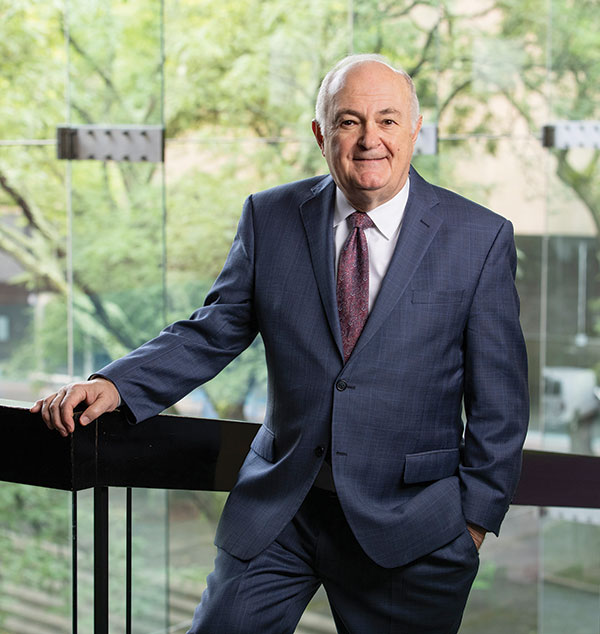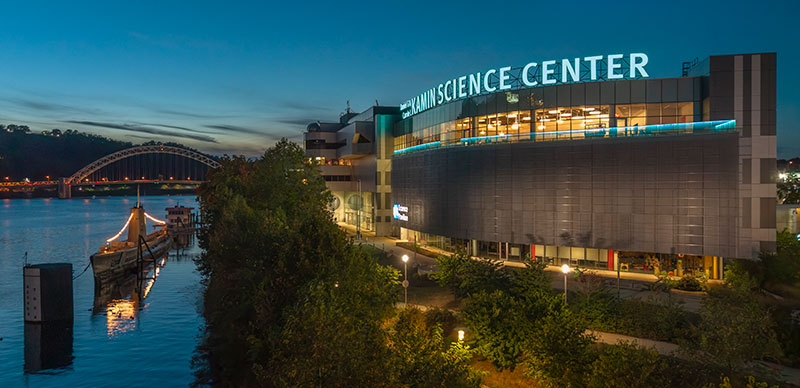 Photo: Joshua Franzos
Photo: Joshua FranzosLast September, I described some of the ways in which our museums, like many others across the nation, are seeking new opportunities to serve their communities. Traditionally, museums have been viewed as guardians of treasured collections that members of the public are invited to visit and enjoy. Without abandoning that core mission, museums like ours are now seeking ways of turning themselves “inside out,” engaging audiences beyond the grand and beautiful but, for some audiences, forbidding façades of our buildings.
A month after I wrote that letter, the federal Institute of Museum and Library Services (IMLS) released a new study that looked at the role of museums (and libraries) in promoting social well-being in their communities. The study found that museums, at their best, are viewed by the public as trusted sources of information; safe spaces for all; catalysts in their communities for the promotion of equity and inclusion; and increasingly important community partners in education, public health, and social services.
You will find some excellent illustrations in this issue of Carnegie magazine of how museums earn those accolades. You will read about the ways Carnegie Museum of Natural History is providing reliable information on the very real and very local effects of climate change to the public—in schools and at county fairs, for instance—to help people in rural as well as urban communities recognize the stake they have in mitigating those effects.
You will also read about Carnegie Museum of Art’s Working Thought exhibition, opening this April, which harnesses the insights of 35 artists to stimulate our reflection on the history and current reality of labor and the inequities the pandemic has made more visible than ever. Another article recounts the remarkable 20-year history of The Andy Warhol Museum’s dynamic performing-arts program, Sound Series, which has so effectively diversified Pittsburgh’s music scene by welcoming independent artists from around the world. And I know you will want to read about the work of the brilliant but remarkably accessible director of the University of Pittsburgh’s Center for Vaccine Research, Paul Duprex, whose partnership with Carnegie Science Center is promoting public awareness of what vaccines are and how they work.
Fascinating and informative as these articles are, the programs they explore are only a small sample of what Carnegie Museums constantly offers to Pittsburgh and the world, amply bearing out the survey results I mentioned. Thanks to your friendship, engagement, and support, they are an even smaller sample of what Carnegie Museums will offer in the years to come.
Steven Knapp
President and Chief Executive Officer,
Carnegie Museums of Pittsburgh



